Porsche 911 GT3 RS: an evolution
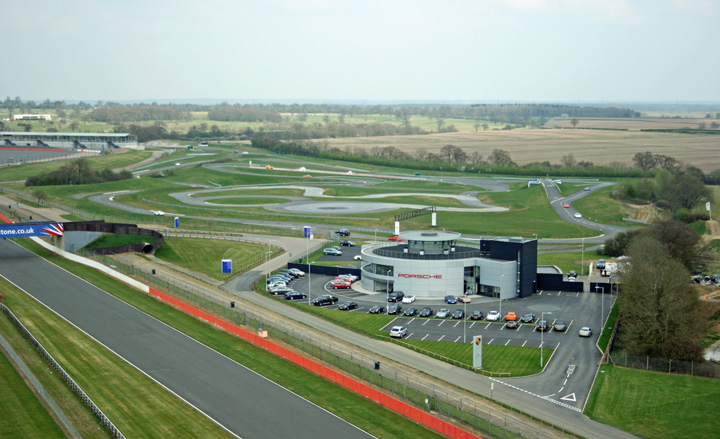
When Porsche invited us to have a retrospective sampling of one of the German marque's most iconic racing models our response was to down tools and head straight for the nearest exit.
Introduced in 2006, the 911 (997) GT3 RS Gen 1 was built primarily to facilitate Porsche's desire to go racing. In order for the GT3 RS to compete, Porsche had to satisfy the rules by manufacturing a certain number for public consumption. The company's famed thirst for continuous improvement has since seen two further generations of the 997 GT3 RS, the 2010 3.8L and the 2011 4.0L.
Pristine examples of all three cars were conveniently placed at our disposal at the Porsche Experience Centre at Silverstone in Northamptonshire. This facility was opened in 2008 and although it could initially be mistaken for a multi faceted playground for the brashest petrol head amongst us, it's actually rather more sophisticated. Consider it more of a training facility, designed to optimise vehicle/driver capability, than a tyre-smoking free for all for weekend racers.
Highly experienced driving consultants are on hand to guide you through the well- designed zones, including an Ice Hill and Kick Plate, intended to replicate low friction and surfaces lacking grip respectively. Here we learned the dark arts of throttle control and the distant limits of a GT3's grip
The Centre's handling circuit is a rather more traditional affair, replicating a typical B road through a suite of tight, twisty, elevated peaks and some equally tricky subtle camber changes. We begin with the garish orange and black liveried Generation 1 car from 2006, a synthesis of every visual characteristic Porsche holds dear. The best part of a decade down the line and the Generation 1 remains aggressive, planted and elegant at rest.
Inside however, the racing seats pinch, the clutch is heavy and the mechanical whirring from the engine leaves little doubt that this car is built with racing in mind. The 3.6 litre engine generates electric pace but it's more of a wrestling bout than smooth circuits of the track, even with traction control engaged.
Thankfully, once we've transferred to the 2010 GT3 RS - a similarly aggressive looking beast - we get an altogether more satisfying driving experience. The second-generation model proves a welcome compromise, with supportive, slightly widened seats, a lighter clutch and more accommodation to the daily grind with a cabin that's an overall more comfortable environment. At speed, the 2010 car instils driver confidence and quick laps are finally discovered - thanks to well-placed pointers from our expert passenger. All in all, it's a much calmer, less frenetic experience than in the original model.
Finally we come to the 2011 GT3 RS. To say that our instructor is an advocate of this car would be the hugest of understatements. At first glance the final 997 GT3 RS (Porsche did not engineer another in the 991 generation) is recognised by its aerodynamic advancements at the front end of the car, with elements taken directly from its race-prepared sibling. In fact, it was one of the first street legal production cars to include race derived aero.
Porsche wanted to improve on the already accomplished 2010 3.8 and the 2011 4.0 is that and more. Only 600 were earmarked for production worldwide at a price tag of £128,500, a fitting swan song for the 997 GT3 RS. Previous GT3 RS owners will jump to the front of the order book but by no means will securing one be as simple for others. Demand will far outstrip supply making an already attractive prospect more so in the ever-developing iconic 911 story.
Enthusiasts looking to see how the current 911 series - the 991 - will fare as a full blooded track machine will have to wait a little longer. A new GT3 isn't due to be unveiled until this year's Geneva Motor Show and the fabled 'RS' incarnation might not arrive until 2015.
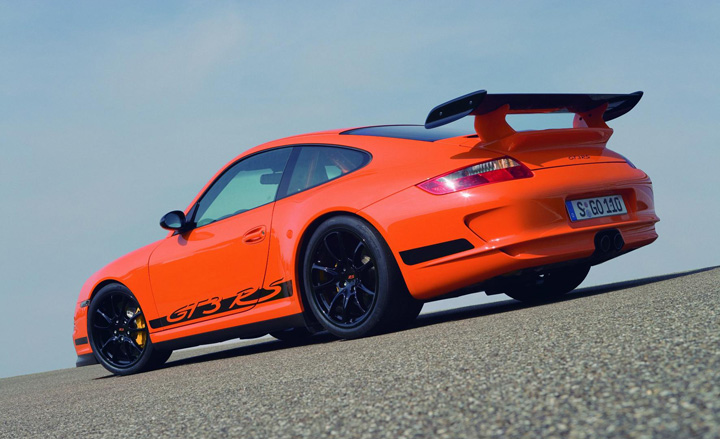
The 997 GT3 RS, first introduced in 2006, was built primarily to facilitate Porsche's desire to go racing
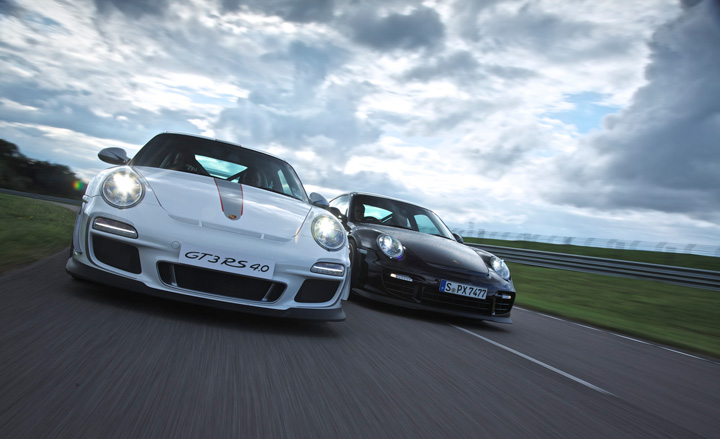
The German marque subsequently released two further generations of the 997 GT3 RS, the 2010 3.8L and the 2011 4.0L
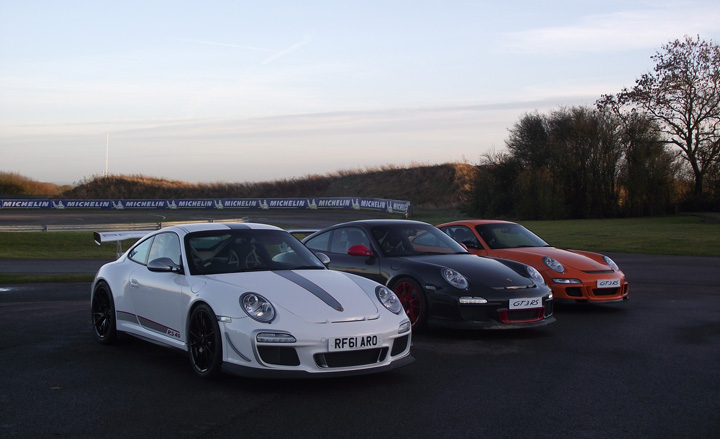
Pristine examples of the 2011, 2010 and 2006 models (pictured here from left respectively) were placed at our disposal at Porsche's training facility, where highly experienced driving consultants were on hand to guide us through a variety of well-designed tracks
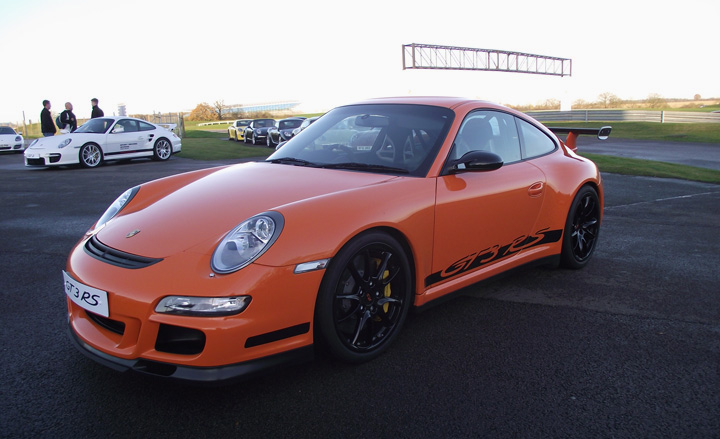
The outrageous body work of the 997 GT3 RS housed an equally outrageous engine. The first generational model was unapolegetically aggressive, though a heavy clutch and unwieldy track handling amplified its raw attributes
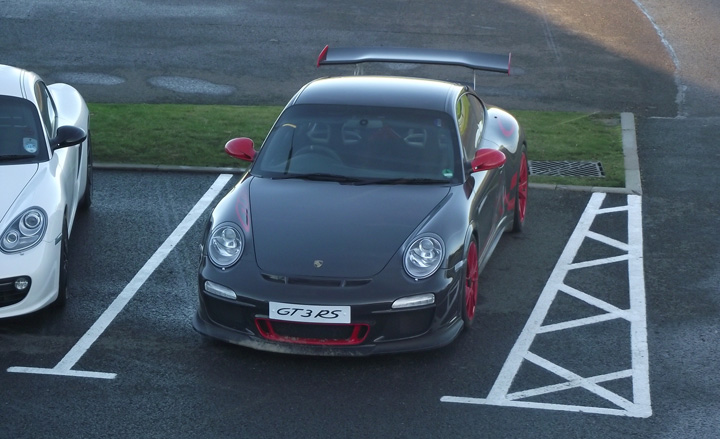
The 2010 version saw a drastic improvement in maneuverability and comfort without compromising on power

Only 600 units of the 2011 GT3 RS - the third and final generation of the 997 - were put into production. It is recognised by the aerodynamic advancements at the front end of the car, with elements borrowed directly from the track-only version of itself
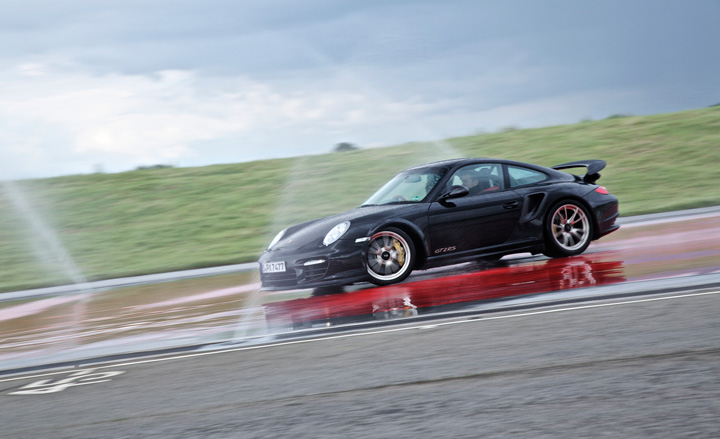
Porsche is looking to the future of its 911 series with a new incarnation of the GT3 due to be unveiled at the Geneva Motor Show this coming March
Receive our daily digest of inspiration, escapism and design stories from around the world direct to your inbox.
-
 The Testament of Ann Lee brings the Shaker aesthetic to the big screen
The Testament of Ann Lee brings the Shaker aesthetic to the big screenDirected by Mona Fastvold and featuring Amanda Seyfried, The Testament of Ann Lee is a visual deep dive into Shaker culture
-
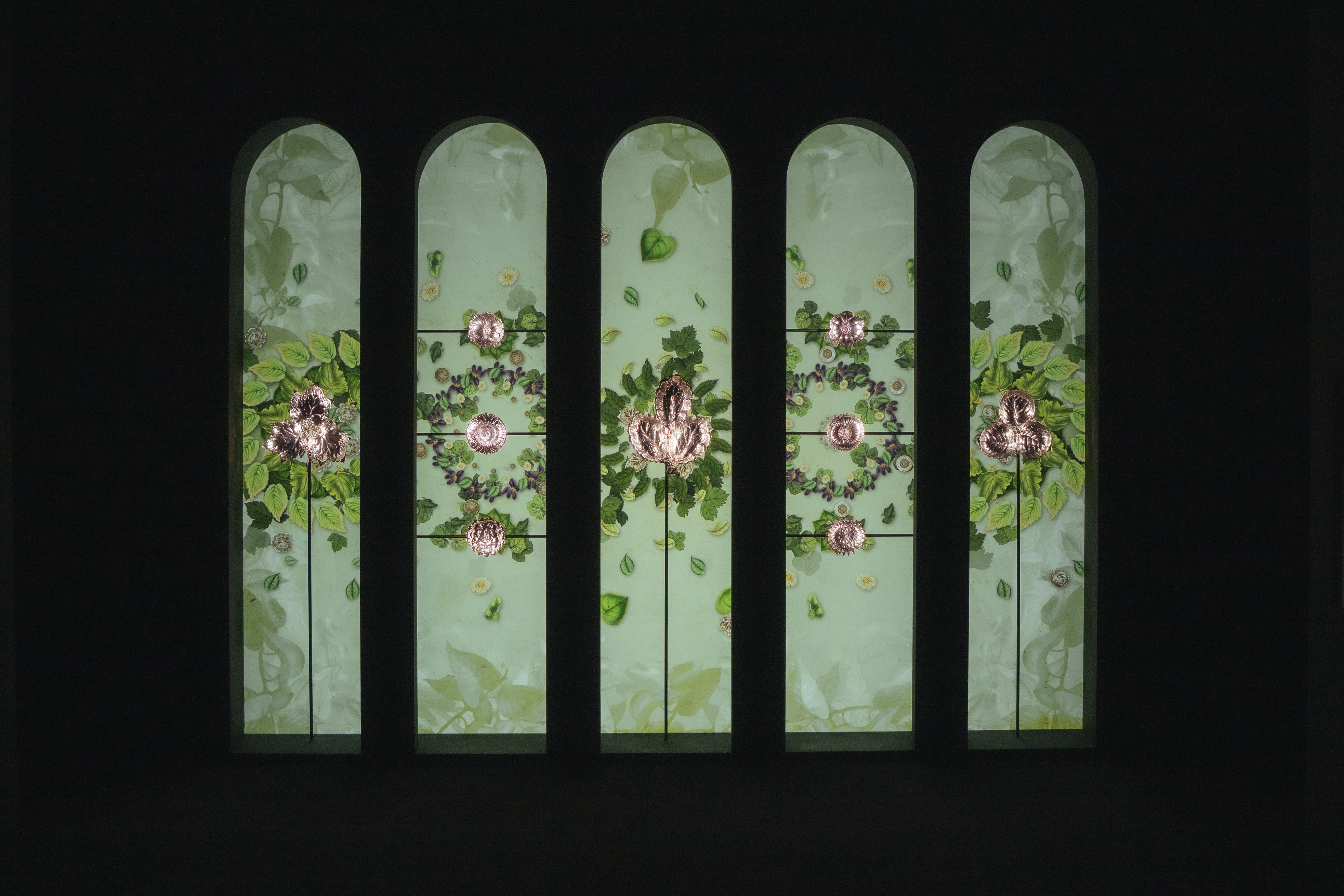 Dive into Buccellati's rich artistic heritage in Shanghai
Dive into Buccellati's rich artistic heritage in Shanghai'The Prince of Goldsmiths: Buccellati Rediscovering the Classics' exhibition takes visitors on an immersive journey through a fascinating history
-
 Love jewellery? Now you can book a holiday to source rare gemstones
Love jewellery? Now you can book a holiday to source rare gemstonesHardy & Diamond, Gemstone Journeys debuts in Sri Lanka in April 2026, granting travellers access to the island’s artisanal gemstone mines, as well as the opportunity to source their perfect stone
-
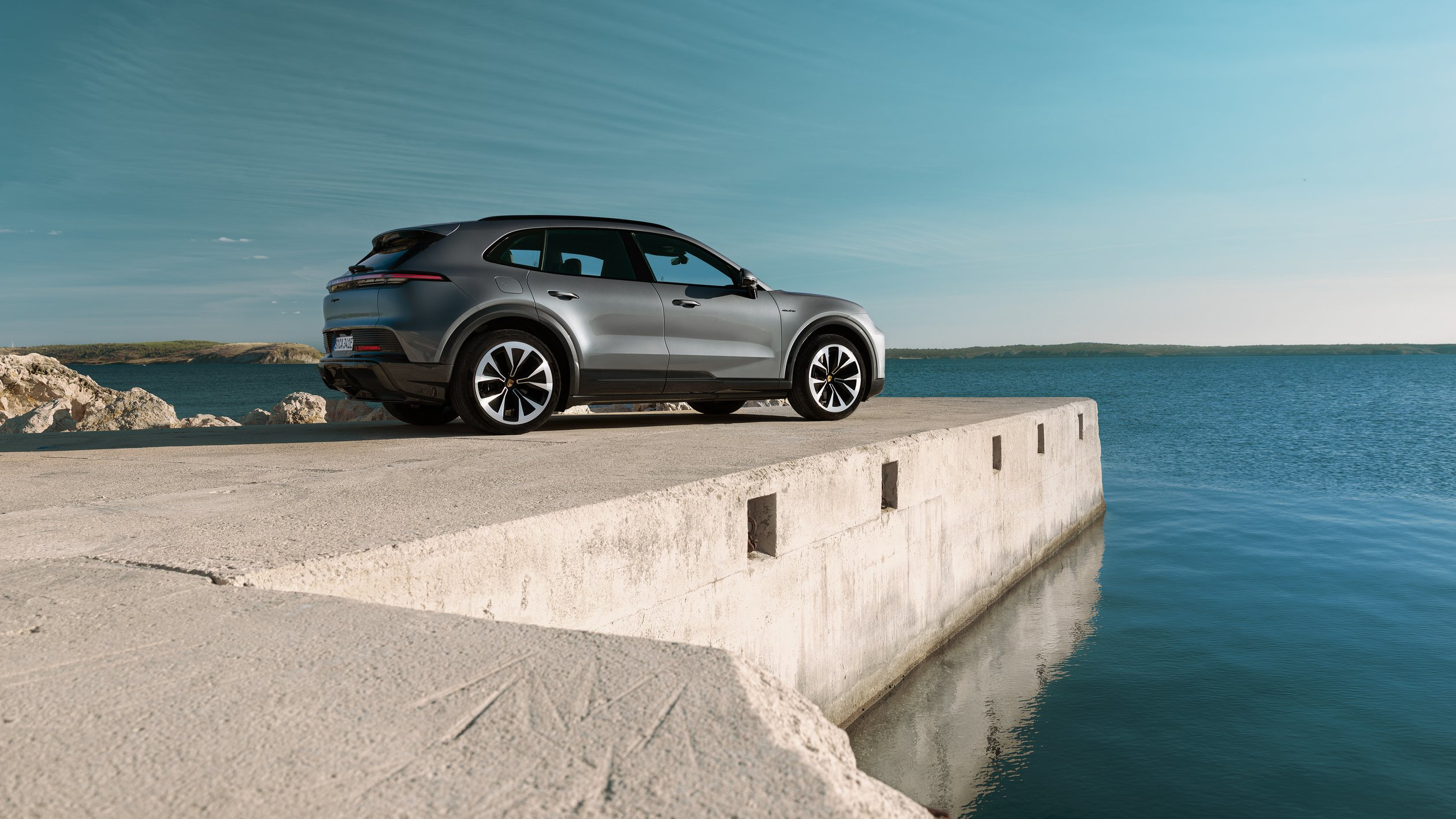 New Porsche Cayenne Electric makes a case for a sporting life with lashings of technology
New Porsche Cayenne Electric makes a case for a sporting life with lashings of technologyThe next-gen Cayenne gets its first all-electric model, a mighty SUV that’s also the first Porsche with wireless charging
-
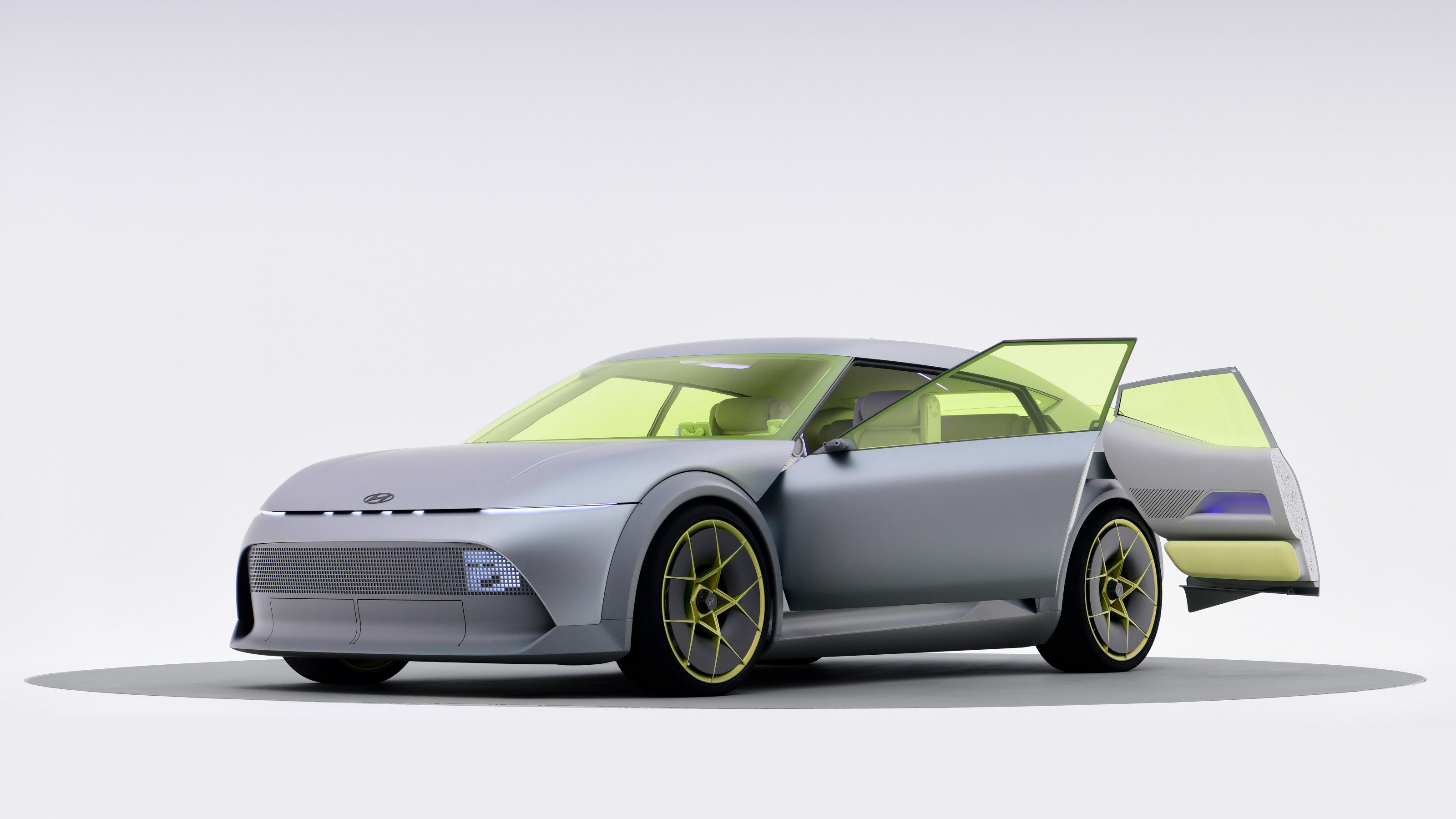 All the new electric cars and concepts revealed at Munich’s IAA Mobility 2025
All the new electric cars and concepts revealed at Munich’s IAA Mobility 2025Munich’s alternative motorshow is now in its third iteration, combining a traditional exhibition space with a conference and large-scale public activations on the streets of the city
-
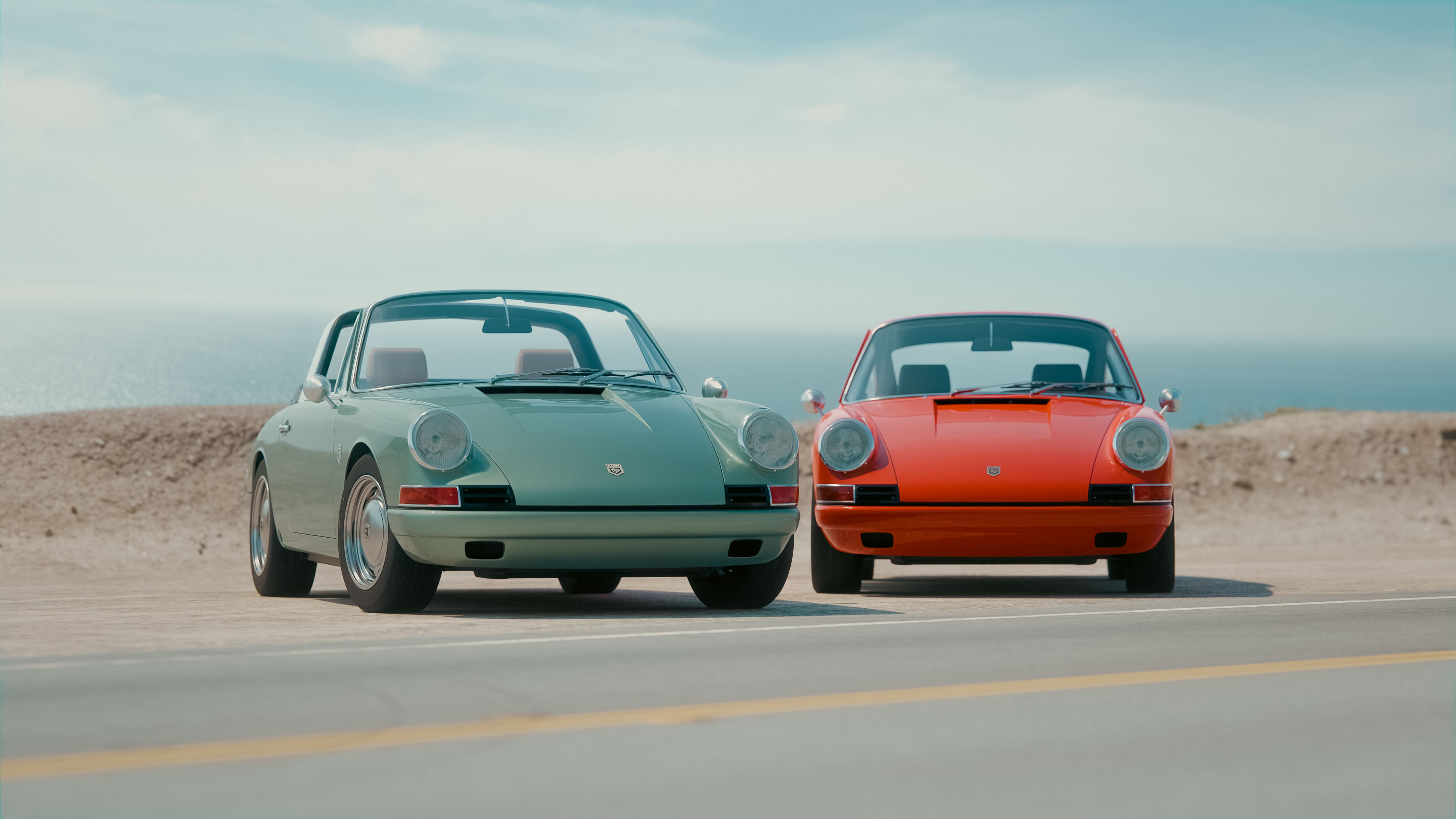 KAMManufaktur transforms the 1960s-era Porsche 912 into a refined restomod GT
KAMManufaktur transforms the 1960s-era Porsche 912 into a refined restomod GTThe KAMM 912T is a restomod Porsche for the more discerning collector, a rebuilt and re-engineered car that favours analogue feel and simplicity over all-out power
-
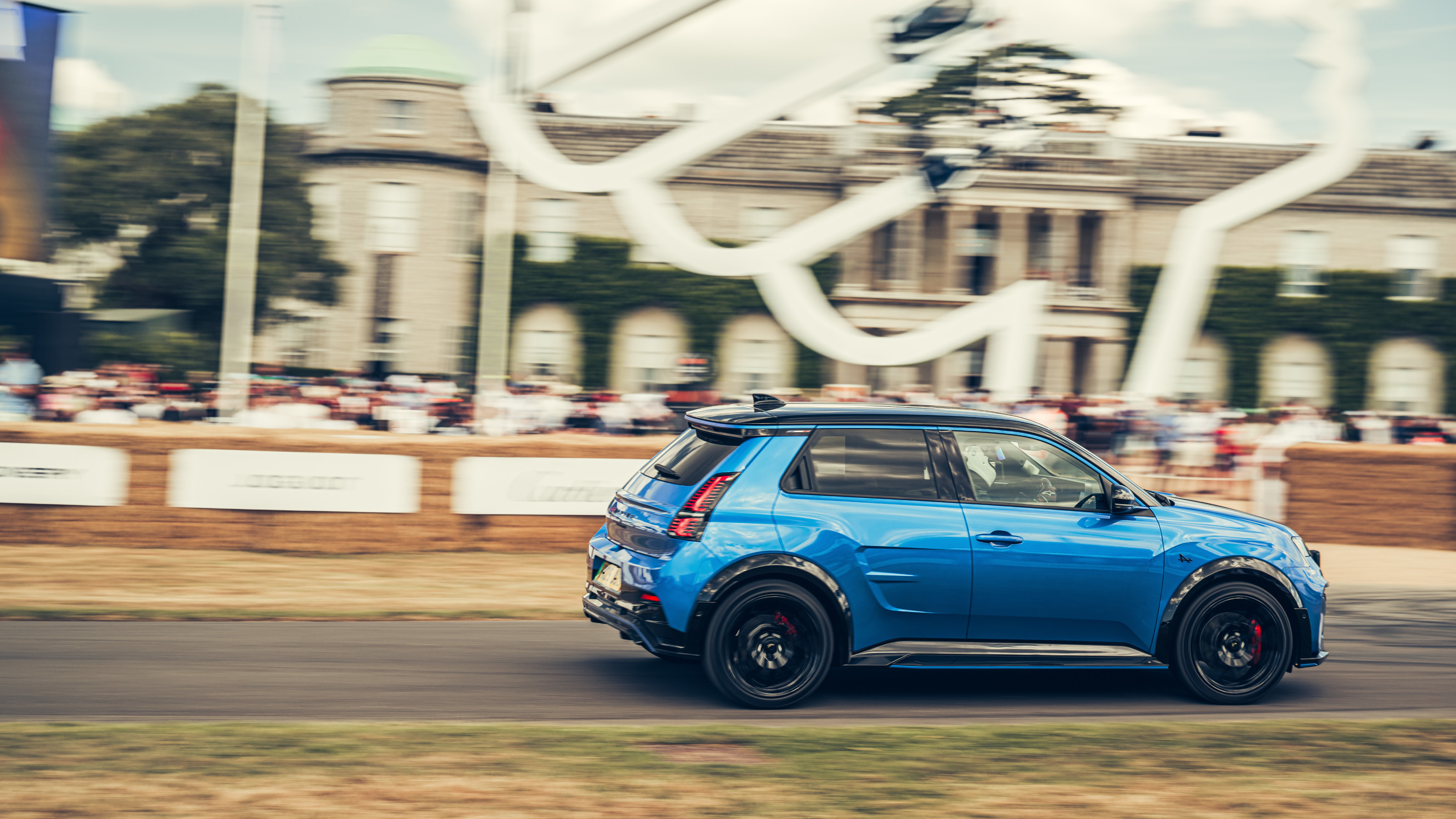 All the best bits from Goodwood Festival of Speed 2025
All the best bits from Goodwood Festival of Speed 2025As car makers switch their allegiance to the sunny West Sussex countryside as a place to showcase their wares, a new generation of sports cars were sent running up that famous hill
-
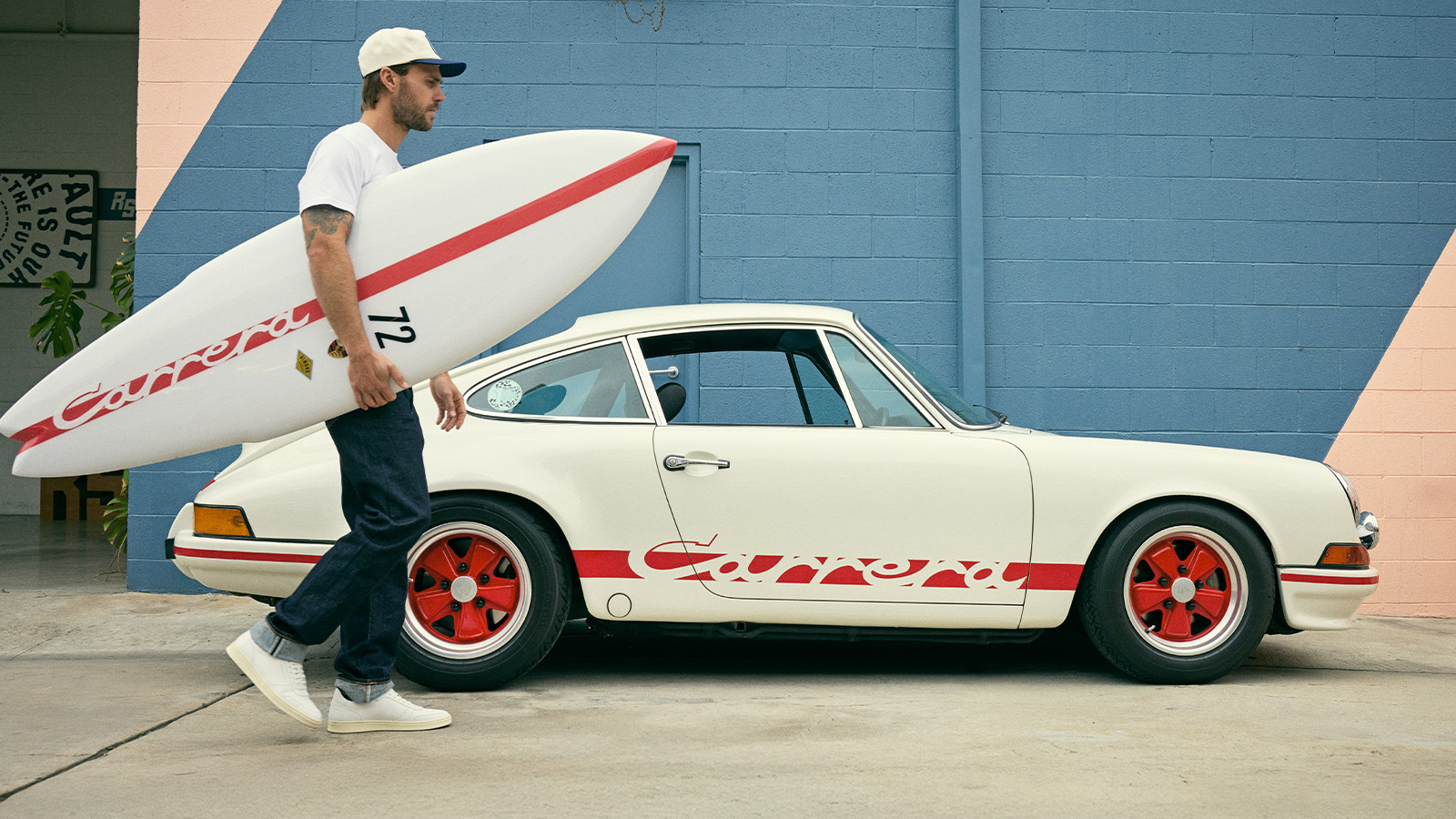 This Porsche surfboard collaboration captures the spirit of 1970s Southern California
This Porsche surfboard collaboration captures the spirit of 1970s Southern CaliforniaThe Porsche 911 Carrera RS 2.7 is the inspiration for the company’s second collaboration with California’s Almond Surfboards, featuring a custom-made board and limited-edition apparel and accessories
-
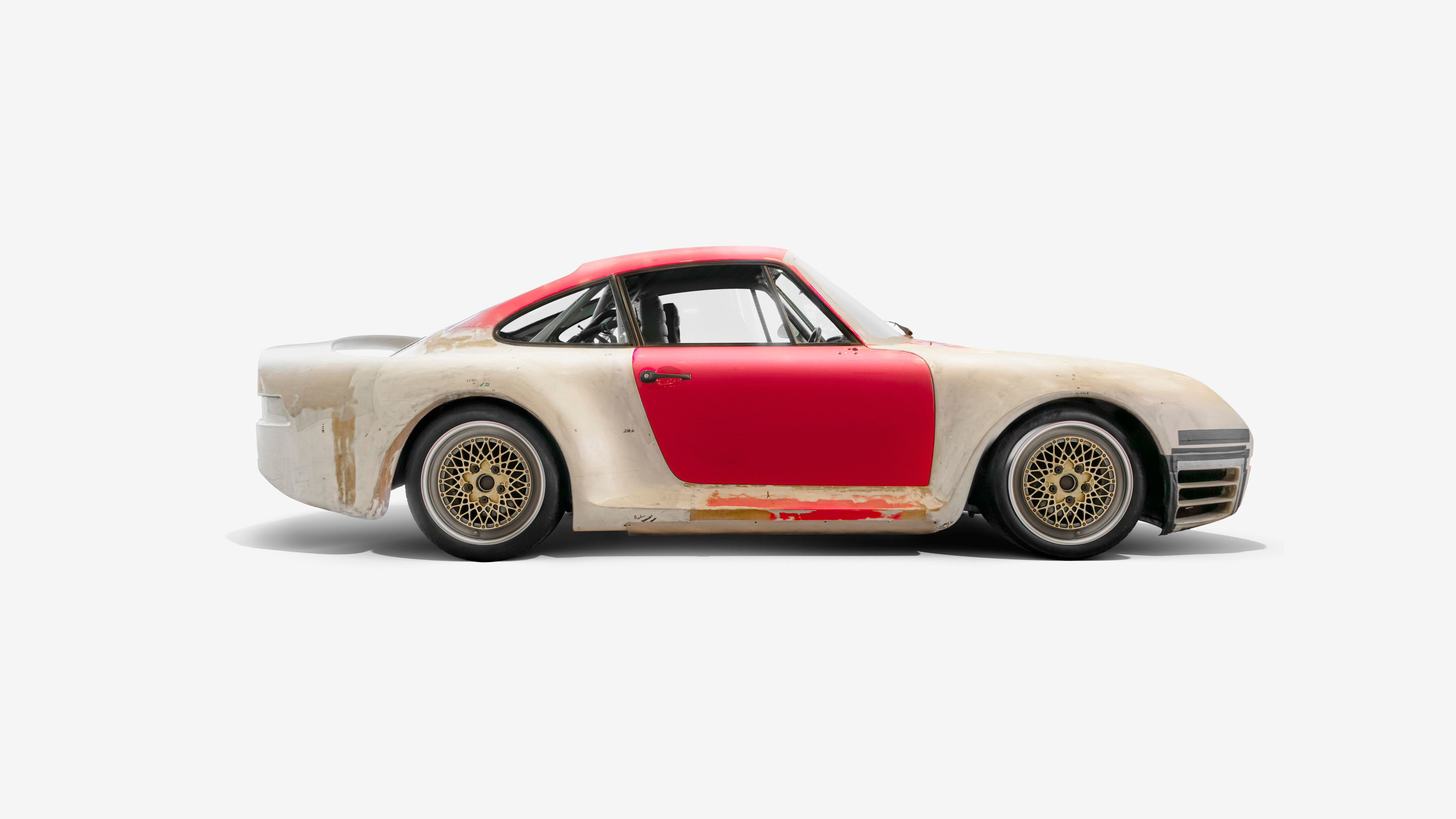 ‘Wundercar’ celebrates the ineffable aura of the Porsche 959, the first true hypercar
‘Wundercar’ celebrates the ineffable aura of the Porsche 959, the first true hypercarCurated by London creatives INK, ‘Wundercar’ is a London exhibition dedicated to the image and influence of Porsche’s seminal 959, a true icon of 1980s engineering
-
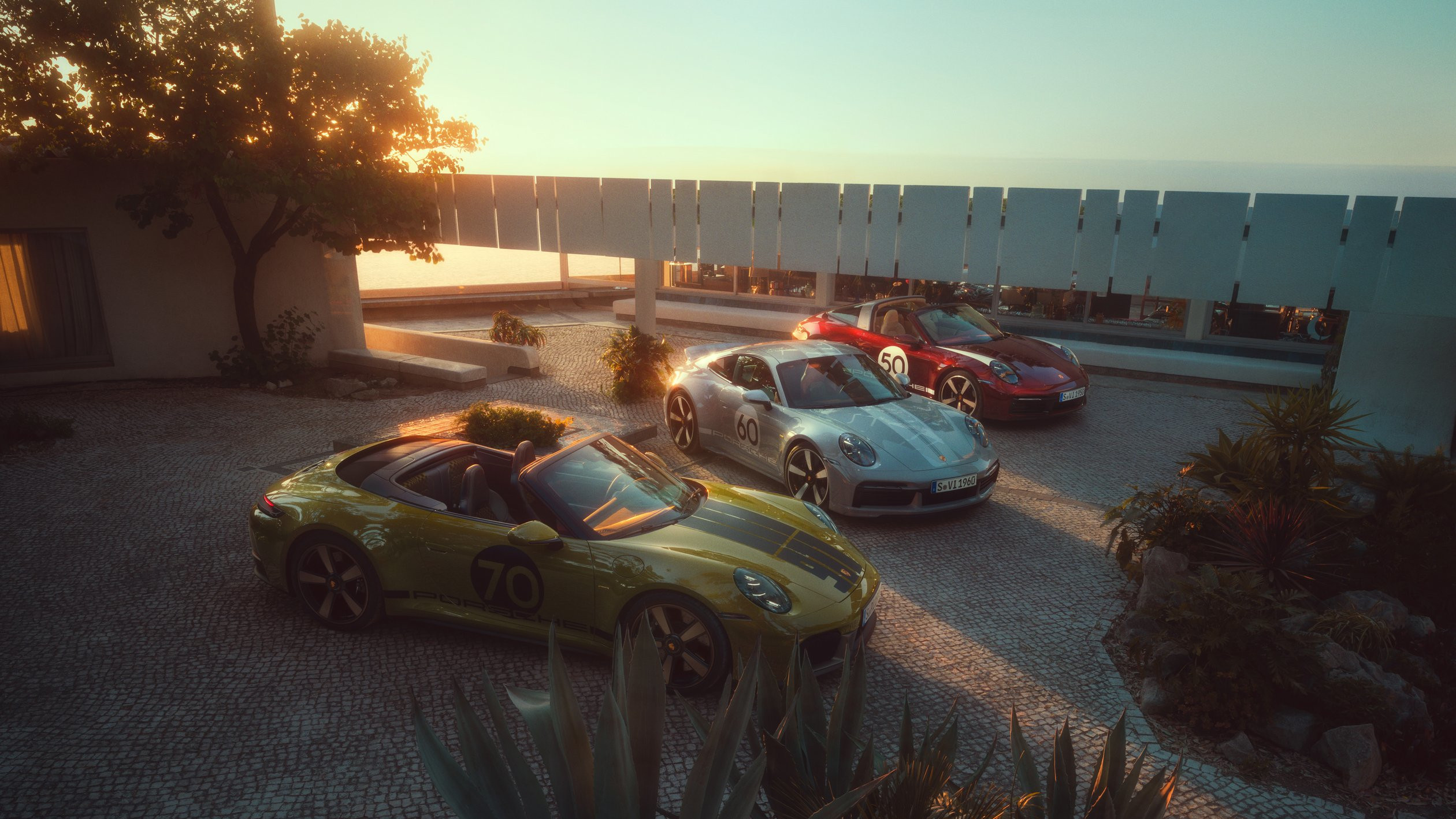 The Porsche 911 Spirit 70 harks back to the aesthetic and ethos of the 1970s
The Porsche 911 Spirit 70 harks back to the aesthetic and ethos of the 1970sAs part of Porsche’s Heritage Design strategy, the company has launched a new special edition, the Porsche 911 Spirit 70 convertible
-
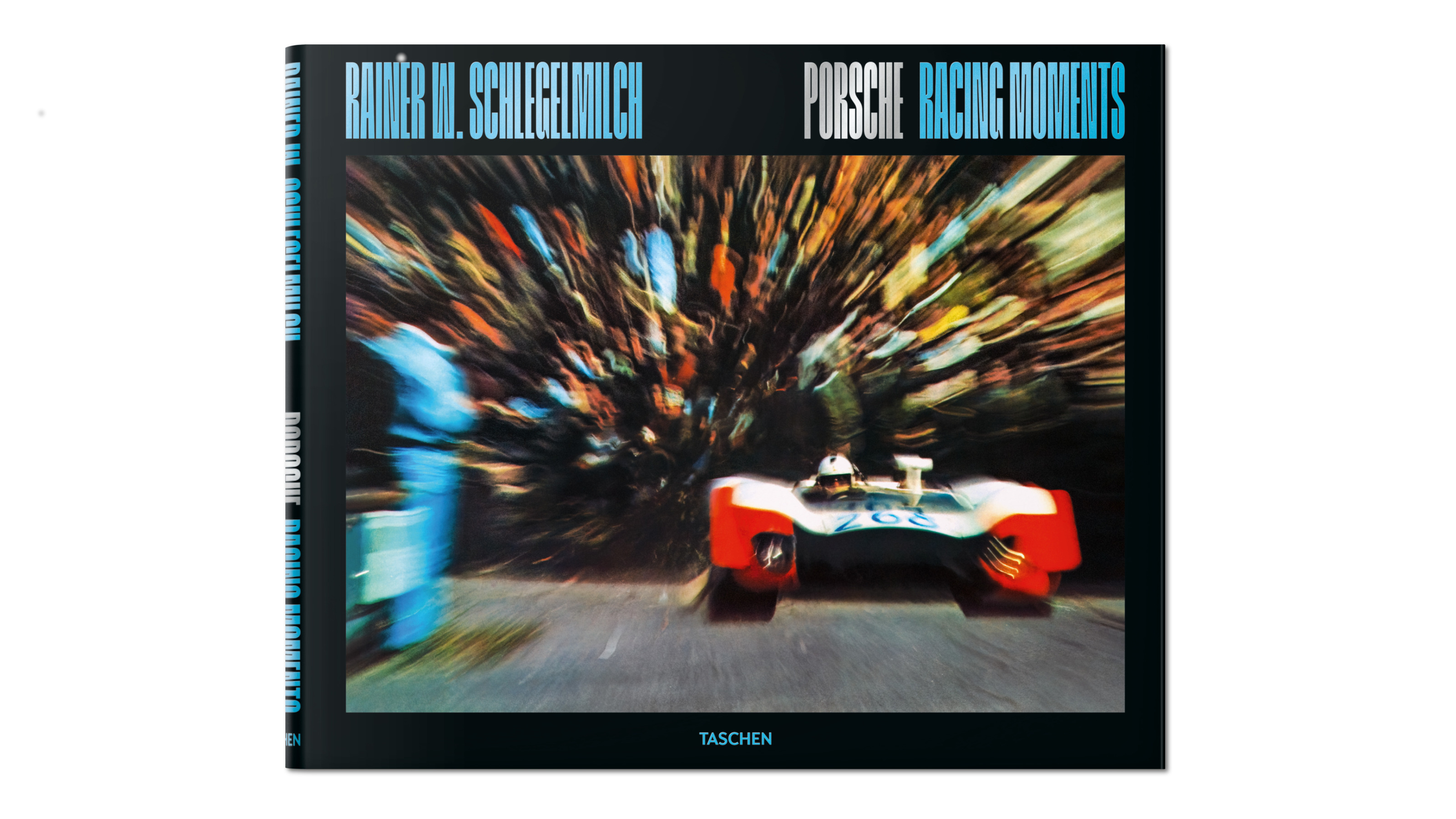 Rainer W. Schlegelmilch's Porsche photography showcases the aesthetics of speed
Rainer W. Schlegelmilch's Porsche photography showcases the aesthetics of speedTaschen's new edition of Rainer W. Schlegelmilch’s collected imagery from a quarter of a century spent following Porsche racing highlights historical machines, emotive camera technique and major moments on the track